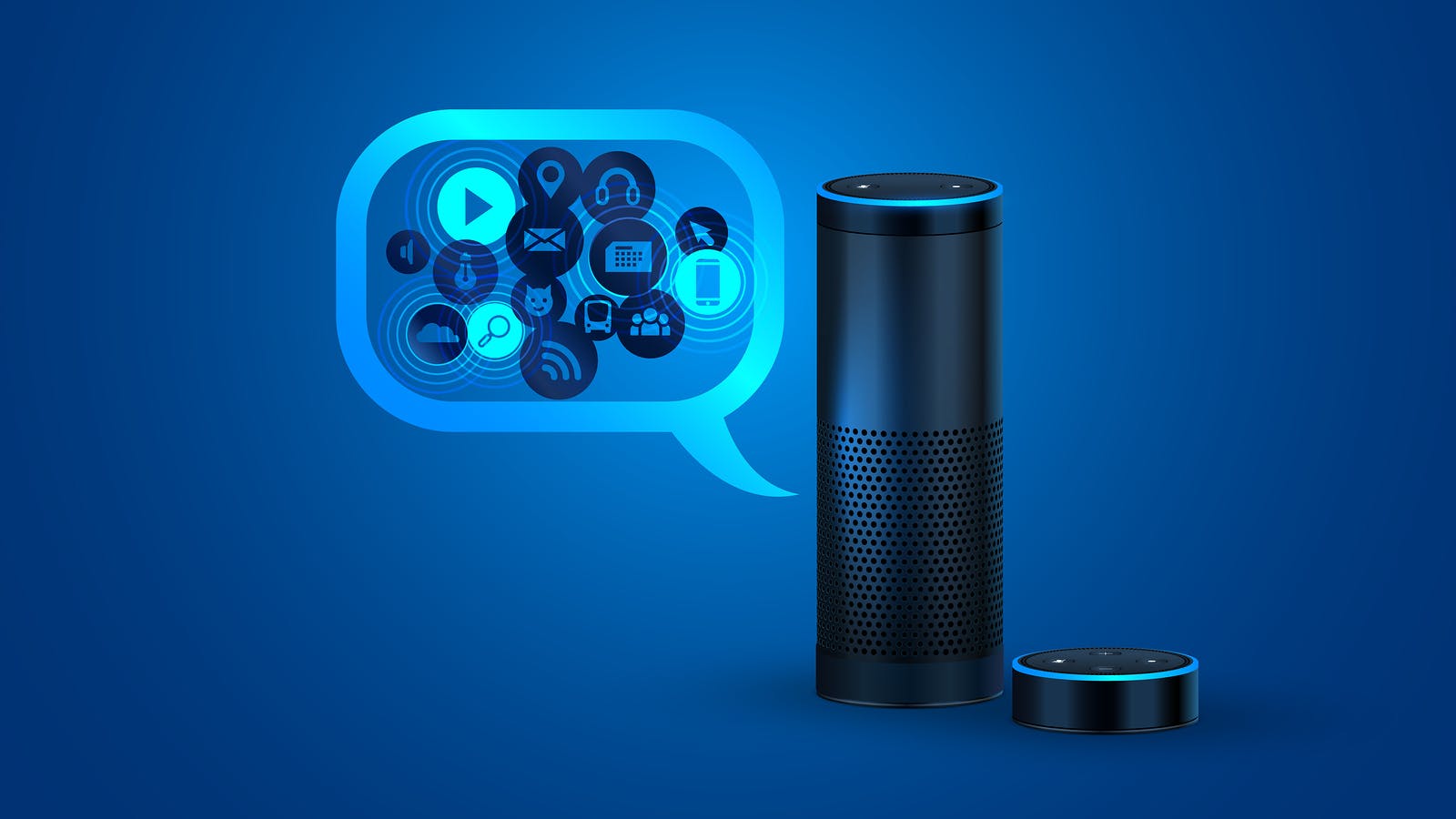Inappropriate jokes. Slurs. Unwanted physical contact. When workplace harassment takes these forms, it’s easy to pinpoint. But its official definition by the U.S. Equal Employment Opportunity Commission encompasses other, less obvious forms, including wearing offensive clothing and sharing emails or texts that make others uncomfortable.
Those working in today’s progressively casual environments with access to digital channels, memes, and videos must be more aware of potential harassment than generations before, and the line between funny and inappropriate is notoriously blurry.
Employers and employees alike inherently know that if something feels like it’s crossing the harassment line, it’s best to stop. However, the gray areas can be tough to spot — and that’s where tech can help stop harassment in its tracks by identifying it at its earliest stages.
Harassment is common, but under-reported
Some people claim they’ve never felt an ounce of harassment on the job, while others have story after story to tell — like the one in three younger professional women in a Cosmo survey who reported harassment at work. Why the disconnect? Harassment happens — but not to every person in every industry or every work situation. Occasionally, people don’t even realize they’ve been harassed. And a full 70% of workers never report harassment, according to a 2013 YouGov and Huffington Post poll.
Generally, minorities within the dynamic of their workplaces are most likely to be targeted. Women, racial minorities, and those who self-identify with non-cisgender or non-heterosexual identities are often disproportionately impacted by harassment, but it can happen to anyone.
An extremely public example of this is the Amazon case involving a married couple — one of whom is transgender — who worked at a Kentucky warehouse owned by the corporation. Their workplace harassment lawsuit accused Amazon of physical and emotional harassment, and it said the couple left because they “feared for their lives.”
If Amazon, a company that touts its equality toward all people, including those within the LGBT community, could be accused of having a stifling, harassing environment, any employer could be put on notice.
Tackling harassment on the job with tech
Thanks to screenshots, never fully deleted emails, and long-shelf-life texts, harassed workers can finally produce documents to support their claims. Ultimately, this allows them to expose problems faster and feel more comfortable making reports.
Now, rather than chalking up incidents of harassment as “boys will be boys” behavior, people (women, especially) are fighting back and disseminating information through the use of social media and other online forums.
Human resources professionals and executives are starting to take notice, implementing better reporting systems to help victims and punish the harassers. More organizations are no longer simply ignoring the problem or telling employees to work it out among themselves. Instead, they’re getting involved by using HR staff to mediate sessions between the victim and harasser to create productive conversations and take action against harassers.
Professionals can utilize advanced technologies to combat workplace harassment, taking the following steps as needed:
1. Use apps to report bad behavior
When STOPit hit the marketplace, many companies jumped on board. This app lets employees report abusive and unwanted actions on the job instantly, allowing employers to take action quickly and proactively.
If you want to monitor and prevent inappropriate behavior, consider an anonymous app, such as STOPit and other apps like it. Employees can freely use it, giving managers a heads up on problems before they escalate. And because these apps are completely anonymous, victims and witnesses to harassment will feel safer and more comfortable reporting incidents without fear of retribution.
2. Keep a paper trail
Documentation doesn’t prevent harassment, but it definitely helps create a case and provide proof of harassment. Write down everything that happens during a case of harassment, including the dates and times, and also be sure to provide screenshots of emails or messages, along with other written documents.
You can also use your phone to record incidents and conversations, but this can get dicey. Some states and cities prohibit recording conversations without consent, but if you’re recording to prove discrimination or harassment, that may be admissible in court. To be on the safe side, enlist the help of a legal advisor to be sure you’re within your legal rights.
3. Make friends with AI
Artificial intelligence isn’t quite ready to assist in spotting workplace harassment, but down the road, advancements in Alexa and Google Home technology could be warning beacons.
These types of technology can already recognize certain words and phrases, so it’s only a matter of time before they can be taught to recognize slurs, sexual remarks, or anything else that can be considered inappropriate in the workplace. Once the AI unit picks up on the word or phrase, it can alert the employer that something isn’t quite right.
4. Monitor digital footprints
Does your company have an internal messaging system? Chances are that’s where some employees think they can get away with inappropriate behavior. Although it’s never a good idea to make employees feel like they’re being watched 24/7, digital communications can be used to find and flag potential harassment.
Obviously, employers can’t start monitoring employees without letting them know first. Any information about monitoring digital communications should be spelled out in the employee handbook, and everyone should fully understand that what they say can and will be evaluated.
Year after year, we’re all getting better at trying to rise above harassment. By turning to technology, you may be able to make your workplace a safer, more inviting place for top talent. And when your employees are thriving, your business is thriving.
